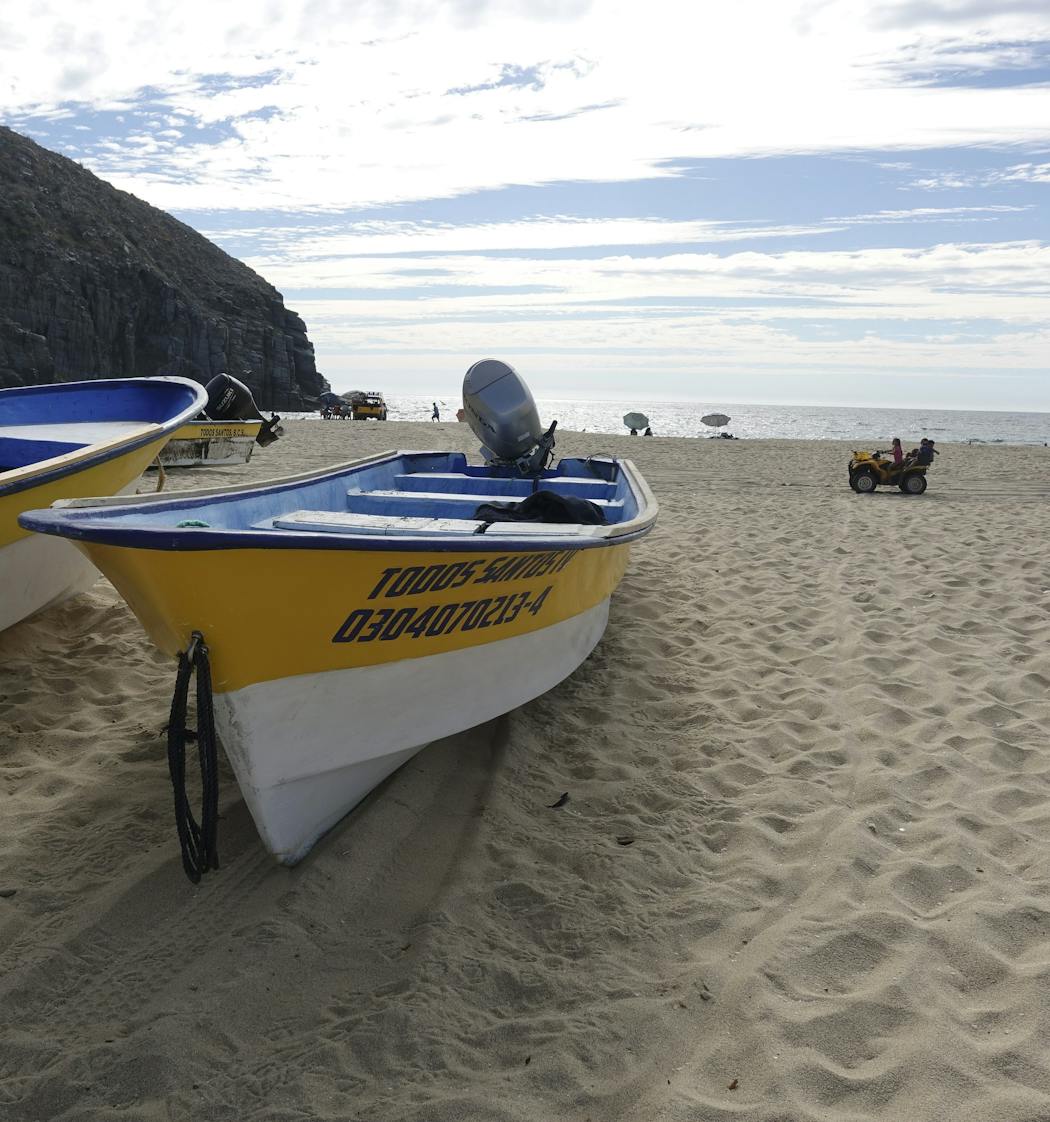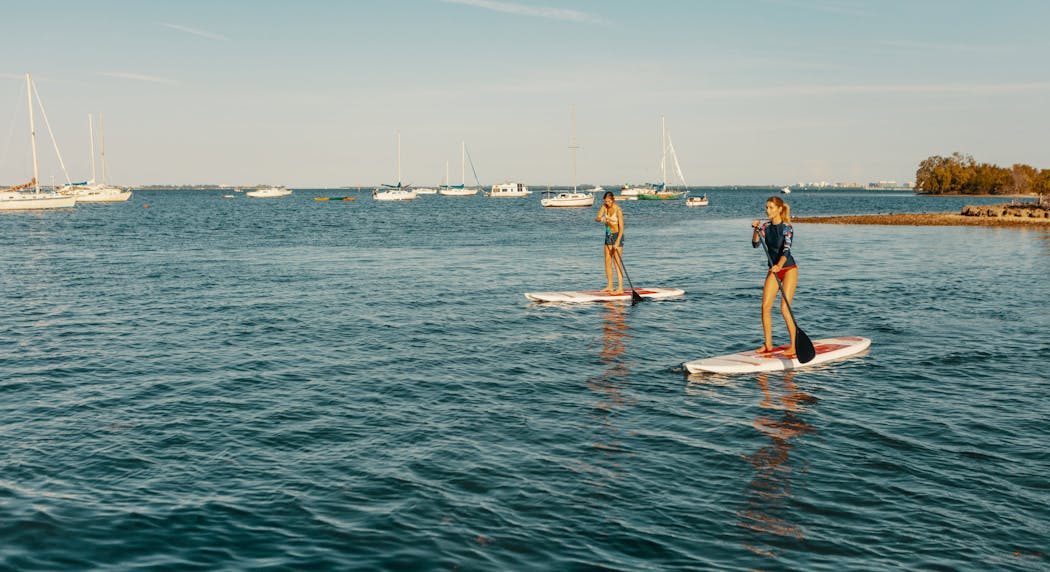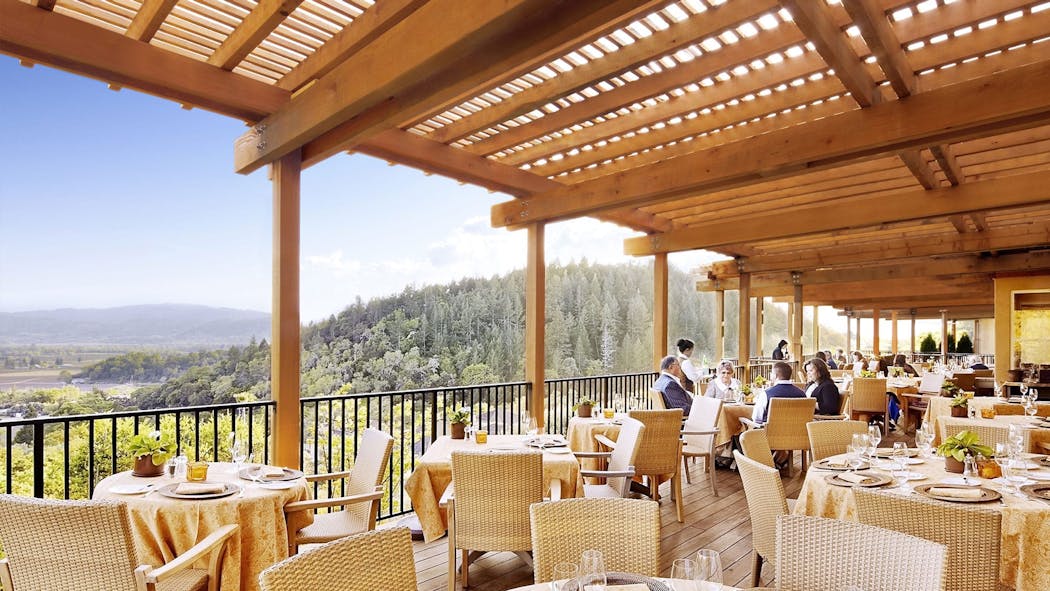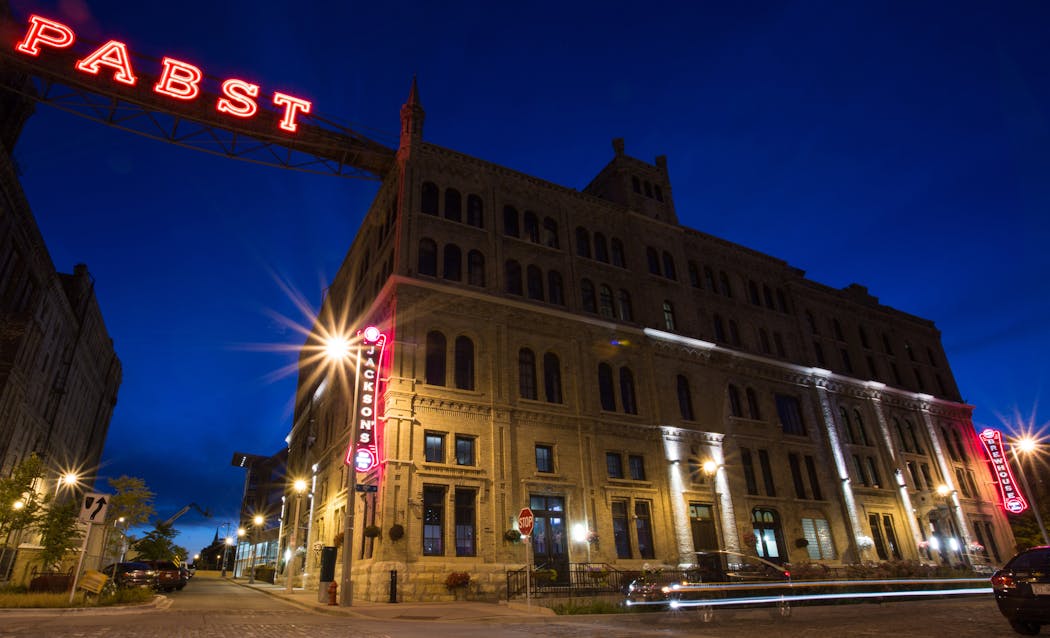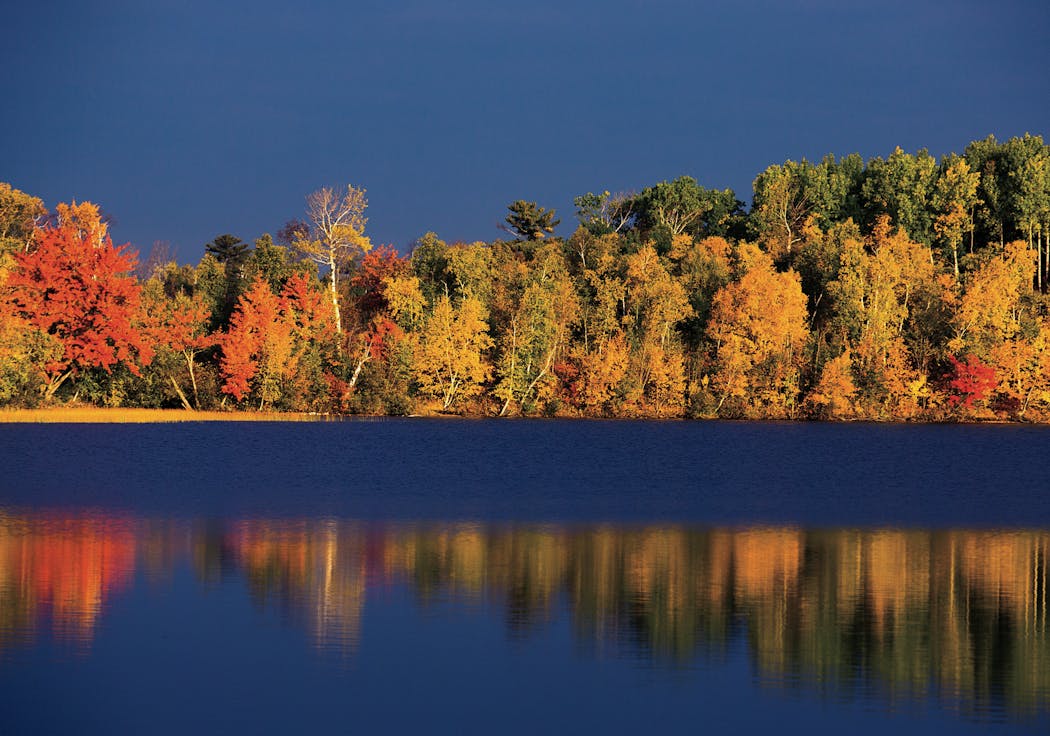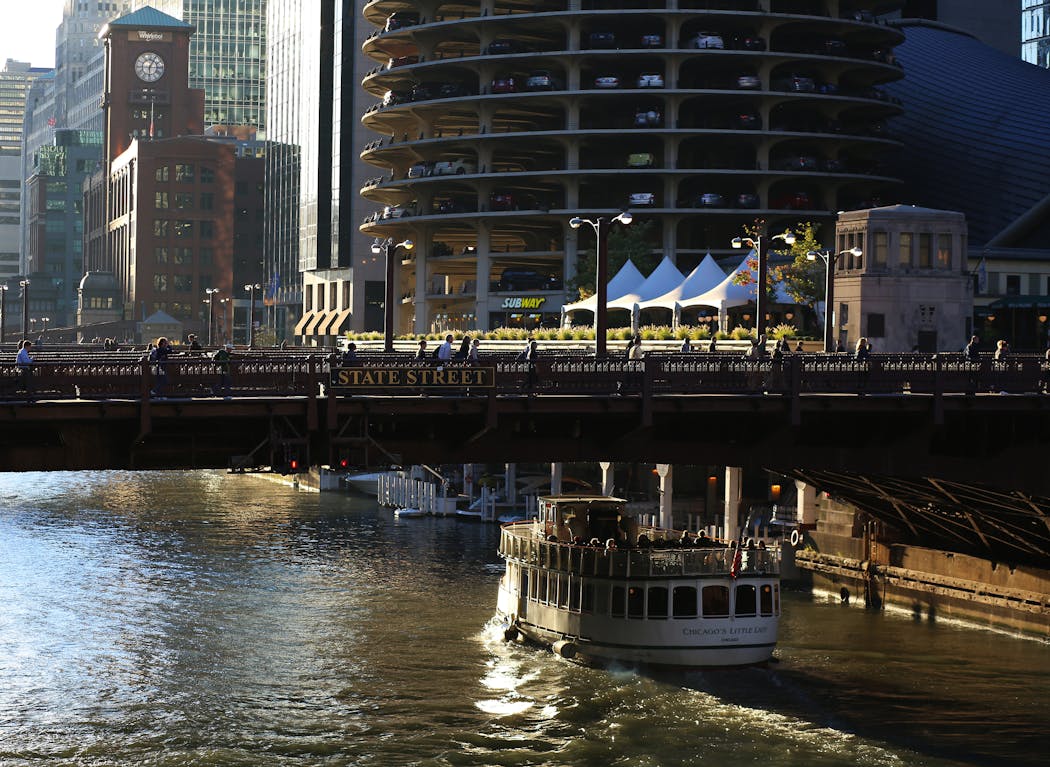Hike Ireland
Sure, Ireland has great music and even better beer. But the real charm of the country lies in its wild areas, its steep green mountains, crisscrossed with stone fences, dotted with sheep, littered with ancient Ogham stones and beehive huts.
You can see these things from the window of a tour bus, more or less. But the better way is to get out and walk it. The "ways" are the hiking trails of Ireland — ancient right-of-ways that cross farmers' fields and golf courses and zigzag up mountainsides and follow little country roads.
I've done day hikes on the east coast, taking the train from Dublin to the village of Sutton and hiking across the hills to the fishing village of Howth (and then taking the train back to Dublin). And I've hiked for days, arranging with a tour guide to provide me with maps and have my luggage sent ahead each morning to the next B&B. I always get lost. I always get rained on. I always have the very best time.
Once, I stopped a farm wife walking down the road and asked if this was the way to Mallow. "Well, maybe it 'tis and maybe it 'tisn't," she said. "But it's a glorious day to be lost."
Noteworthy: There's now a more convenient gateway to the Emerald Isle: Aer Lingus has started nonstop flights between Minneapolis and Dublin, shaving hours off a flight that used to connect through Chicago.
— Laurie Hertzel
Cruise Mexico
When the season of hunched-up shoulders, ice scrapers, rosy red cheeks and dark dinners is upon us, I plan a winter getaway to the West Coast of Mexico for a Mexican Riviera cruise. Most of the major cruise lines have a route running up and down the length of the country on the Pacific Ocean, making stops at popular tourist ports including Puerto Vallarta, Ixtapa, Acapulco, Mazatlan and Cabo San Lucas. The best time to go for the maximum number of sunny days is generally December through April.
After having cruised the Mexican Riviera several times, I've decided Cabo San Lucas, on the tip of the Baja Peninsula where the Pacific meets the Sea of Cortez, is my favorite spot. Its white sand beaches, rock formations and blue waters are beyond compare. Many who visit are disappointed that, due to the high waves and active surf, swimming isn't a great option along Cabo's amazing shoreline. The secret is to visit the charming town of Todos Santos just north of Cabo, where you'll find waters calm enough for swimmers and a picturesque artists' colony to boot.
Plan to make it back to Cabo in time for dinner at a wonderful restaurant called Sunset Monalisa, carved into the rolling hills and resting above the seaside landscape. The setting and sunset offer one of the most spectacular dining environments along the Mexican Riviera.
Noteworthy: For the best deals, consider booking during the "wave season" from January to March, when the cruise lines offer incentives and specials.
— Todd P. Walker
Discover Brooklyn
Think of Brooklyn as "the other New York," the one most tourists ignore as they limit Big Apple trips to Manhattan. Brooklyn is just as fascinating, if not more so: historically and architecturally intriguing, artsy and the embodiment of America's economic change over the past century.
In the early 1900s, Brooklyn was a haven for the working class as immigrants built futures working in factories and warehouses. As the economy shifted, the buildings were abandoned and became home to artists and hipsters who shivered in warehouses and decorated virtually every exterior surface with graffiti that is still omnipresent.
Now, some of Brooklyn is glitzier, with luxury apartments taking over East River shores, pricing out workers and bohemians. Yet, it retains diverse neighborhoods and bohemian flare in areas such as Red Hook, Greenpoint and even parts of gentrified Williamsburg. Rents are approaching Manhattan's, but ethnic restaurants have Midwestern prices.
Stroll parks along the shore overlooking Manhattan or the Statue of Liberty, and cobblestone streets in hip Dumbo, brownstone neighborhoods in Park Slope or historic Brooklyn Heights. In Williamsburg enjoy galleries, trendy boutiques, lively coffee shops, restaurants and live-music bars central to the laid-back culture so distant from Manhattan's buzz.
There are don't-miss tourist attractions: Jane's Carousel in Brooklyn Bridge Park, the Brooklyn Museum and Brooklyn Botanic Garden and Coney Island. But I've learned to relax into the borough by staying at hotels known for their rooftop bars and a chill vibe: try the popular Wythe Hotel, Williamsburg Hotel, or the William Vale Hotel, a European favorite.
Noteworthy: You can make Brooklyn a day trip from Manhattan. Stroll across the iconic Brooklyn Bridge toward Dumbo or take a scenic $2.75 ferry ride (ferry.nyc).
— Gail Marksjarvis
Lounge Miami Beach
When winter feels unbearably dark and cold, and you crave — no, need — the feel of sun on your skin, take an easy trip to Miami Beach. Dozens of flights depart MSP daily, and a nonstop gets you there in less than four hours.
Once landed, you could opt for the touristy attractions. There are plenty of Art Deco buildings to admire on a walking tour (artdecotours.com), bike rides to take in Oleta River State Park (floridastateparks.org) and the nearby Everglades to explore. But I recommend simply lounging.
The long barrier island is divided into three main areas. South Beach (nicknamed SoBe) is what most of us think when we hear "Miami" — cosmopolitan and crowded with beautiful people in scanty swimsuits.
North Beach is the opposite, quiet, with relatively few hotels and amenities and a lovely park.
And then there's the third alternative, the un-sexily named Mid-Beach. It's not as quiet as the north or as party centric as the south. And it's got the same beautiful white sand beaches laid out before gorgeous, green-blue water. You'll see families with small children, couples of all ages, groups of friends and, likely, other sun-starved Midwesterners.
One option is to stay at one of the high-rise hotels on the beach. Most hotels have a cluster of chaise lounges to rent for a day; it's extra for an umbrella (we booked a package through Costco Travel that included resort fees). If that's too spendy, find a nearby Airbnb, pack a beach chair and cooler and locate the nearest public beach access point.
Either way, set up, slather on the sunscreen and stick your nose in a good book between dips in the ocean. The sand and surf will revive your winter-weary spirit.
Noteworthy: Miami's a hotbed of great food and multiple cuisines, and the choices can be overwhelming. We relied on recommendations from the Miami Herald's Carlos Frías, and were never disappointed. Our very favorite was a little Italian place, Via Emilia 9. It required a jaunt to SoBe and an immersion among the beautiful people, but the homemade pasta made it worthwhile.
— Sue Campbell
Taste Napa
Wine drives Napa Valley's economy and tourism. Everywhere you turn, there's a vineyard and winery offering tours so you can sip, sample and buy.
The first time I visited, I booked five wine tastings over three days (low compared to some other tourists' schedules).
By the end, I felt let down because alcohol was too much of a focus, and I hadn't had time to explore the inviting little towns along the main drag, St. Helena Highway.
On my next visit, I eschewed wine tastings in favor of meandering from Calistoga to Yountville, sampling the local grape as part of good dining. Here are a few ideas for a food-forward exploration of the valley.
Don't-miss vista: Locals rave about the terrace view at Auberge du Soleil's restaurant in Rutherford, and they're right to recommend it. Stop by the luxury resort for lunch or an afternoon snack (11:30 a.m. to 2:15 p.m.) and linger as long as you can, soaking it in.
Pack a picnic: Famed chef Thomas Keller's French Laundry restaurant in Yountville is nearly impossible to get into, and expensive to boot. But just a few blocks away he runs Addendum, a boxed lunch to-go operation (11 a.m. to 2 p.m. Thursdays through Saturdays) where locals and tourists line up for the stunning fried chicken. Grab a picnic table in the on-site garden if you can't wait to taste it.
Make like a hipster: Join a younger crowd at Cadet Wine and Beer Bar, a chill space designed to explore local food, wine and beer. Hearty charcuterie or cheese plates pair with offerings from a lengthy list of beverage options. If you time it right, you might be able to experience the once-a-week classes delving deep into a particular winery, or grape, or area chef's specialties.
Noteworthy: The entire town of Yountville is Keller territory; his eateries could fuel your three squares a day: Bouchon bakery for coffee and outstanding tarts and croissants for breakfast; La Calenda, a new Oaxacan-style taqueria or Bouchon Bistro, très French, for lunch; and Ad Hoc for a relaxed ambience and four-course, daily-changing dinner.
— Sue Campbell
Tap Milwaukee
Beer is so embedded in Milwaukee culture that there is a hotel downtown, the Brewhouse Inn & Suites, built around the brushed copper kettles and lofty ceilings of Pabst's longtime brewery. Not to mention several Pabst-related points of interest, including the painstakingly restored mansion of its former president, Frederick Pabst; a Best Place tour that tackles its history; and a new taproom dedicated to developing new styles for the 175-year-old company.
Many other macro brands — from Schlitz to Miller — can also be traced back to Brew City,making it appear as if Milwaukee revolves around rudimentary lagers. That couldn't be further from the truth; much like its sorely overlooked restaurant scene, the city has seen a rise in craft brewers. There are enough to make sampling the new craft beers a focus of your stay.
Furthering the foundational styles of pioneers like Sprecher Brewing Co. and Lakefront Brewery are such progressive new-schoolers as Third Space (tours available at 2 p.m. Saturdays), Working Draft (offers beer and food pairings), Eagle Park Brewing (its musician owners like punny names like Citra on the Dock of the Bay), and Component (the brewery has 10 taplines with its own beers).
My favorite has to be 1840 Brewing. Its small-batch offerings are on the more experimental side, and often include a wide range of wild, sour and barrel-aged recipes. They even cooked up a Sea Foam cream ale over the summer, complete with pineapple, passion fruit, lactose and blue spirulina. Visit to order beer by the glass on-site or take bottles to go (tasting room hours are listed at 1840brewing.com).
Noteworthy: Not up for DIY planning? Visit Milwaukee runs beer bus tours: milwaukee365.com/event/craft-breweries-cocktails-bus-tour
— Andrew Parks
Color Duluth
The North Shore in mid-September is a classic destination for good reason — it's the start of peak leaf season, which can last well into October depending on how dry and sunny the weather has been. Keep a close eye on all that depleted chlorophyll by regularly checking the Department of Natural Resources' fall color finder site. It'll tell you where to go and what you'll see.
As for how you can experience it all firsthand, Duluth's hiking opportunities — 178 miles of well-maintained trails — and scenic byways are just the beginning. Spirit Mountain's Adventure Park offers chairlift rides on the weekends, and has unveiled a new "glow coaster" and zipline for moonlit thrill seekers that runs from 7 to 9 p.m. Sept. 28 and 29 and Oct. 6, 13 and 20. For an overview of the region at its very best, the North Shore Scenic Railroad's Fall Colors Tour spends six hours winding its way through resplendent landscapes Thursdays through Sundays until Oct. 13.
Noteworthy: If you're short on time, Glensheen Mansion's public grounds look particularly sublime this time of year.
—Andrew Parks
Plan Chicago
The recently opened Chicago Architecture Biennial — the largest contemporary gathering of its kind in North America — brings more than 80 participants and 20 countries together under the banner of "how architecture builds and shapes community and memory."
That can mean a lot of things, of course, from special exhibitions at the Art Institute of Chicago (In a Cloud, in a Wall, in a Chair: Six Modernists in Mexico at Midcentury) and the Museum of Contemporary Art Chicago (The Shape of the Future) to big ideas that defy any sort of simple explanation. (See: Cabbage Patch by Danish artists Gamborg/Magnussen, "a field of 10,000 cabbages and a fully functional outdoor garden kitchen" at the Garfield Park Conservatory.)
A surefire way of making sense of it all is by visiting the Chicago Architecture Center. More than a mere two-floor museum, it offers interactive galleries and massive skyscraper models alongside top-rated walking tours and a river cruise that puts more than 50 buildings in perspective.
Noteworthy: UNESCO added two of Chicago's many seminal Frank Lloyd Wright designs (Unity Temple and the Frederick C. Robie House) to its World Heritage Site list recently, making an architecture crawl more alluring now than it's ever been.
—Andrew Parks
New attorney joins prosecution team against Alec Baldwin in fatal 'Rust' shooting
Meta's newest AI model beats some peers. But its amped-up AI agents are confusing Facebook users
Want to celebrate 4/20? Here are 33 weed-themed events across Minnesota.
Critic's Notebook: 'Civil War' and the elusiveness of the of-the-moment movie

